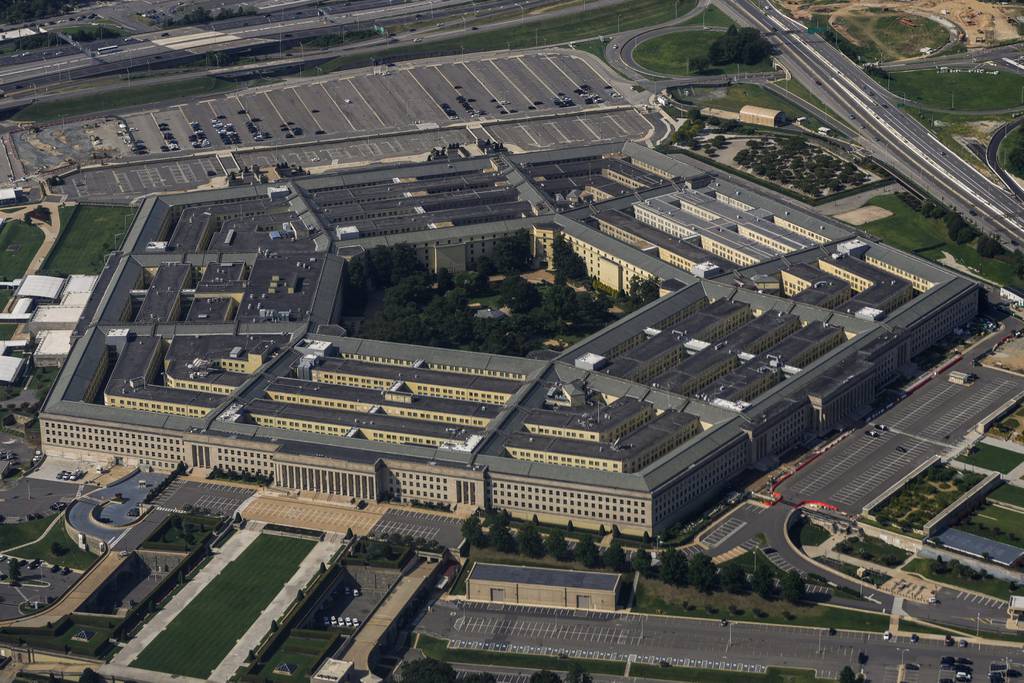The United States cannot afford to fall behind in advancing technologies — like artificial intelligence, quantum computing, hypersonics, biotechnology or autonomous systems — against a near-peer adversary like China. The ongoing conflict in Ukraine and the recent Iranian strike of Israel demonstrate that military applications of advanced technologies are accessible and proliferating.
When the Department of Defense identifies promising new technologies and capabilities that will help meet the national security challenges, it struggles to acquire and incorporate those technologies to warfighters. One reason for this is the over 60-year-old Planning, Programming, Budgeting and Execution system, or PPBE.
With rare exceptions, the DOD cannot acquire new technologies and systems in a timely manner; cannot upgrade systems with modern software, sensors or microelectronics; and cannot even get technologies and companies it has shepherded with its own research dollars into production contracts.
For decades, the DOD relied on innovation flowing from government labs and the defense industry’s biggest companies, generally funded through the Pentagon research budget. Now, innovation flows increasingly from the nondefense commercial sector, which moves at a pace that far exceeds government processes. The commercial investment in some critical defense technology areas, such as artificial intelligence or biotechnology, is often much larger than the Pentagon’s research budget.
PPBE reform is required to take advantage of this new technological landscape. Complex and inconsistent rules have twisted the DOD into a Gordian knot that makes the basic commercial practice of modernization through rapid iteration unachievable.
For example, in the three years it takes to get through the PPBE process, computer processor speeds will have easily quadrupled, multiple generations of advanced drone systems will have been manufactured, and thousands of new biological materials useful in a wide range of military applications will have been developed.
For the DOD to modernize at the pace of emerging technologies, it needs to move toward more frequent, smaller advances. This approach requires greater agility and decision space for those closest to the problem and solution space.
The congressionally established Commission on PPBE Reform offers 28 actionable recommendations in its final report to reform the current PPBE process, which will give the DOD the ability to attract, capture and field innovation at a relevant pace. These include:
- Delegate more authority within the DOD to make faster decisions. The delegation of authority streamlines decision-making and reduces bureaucracy, enabling a company to operate with greater speed and agility. The department can provide personnel and organizations with more ability to make quicker decisions on reprogramming actions, communicate about program status with Congress, and perform other financial management functions currently executed at higher levels of authority.
- Update values for below-the-threshold reprogramming, or BTR. The commission has recommended a series of increases in funding thresholds to give program managers and program executive officers the authority they need to move money where they believe it’s needed. Congress has taken the first step in this area, already increasing BTR levels in the fiscal 2024 defense appropriations legislation.
- Consolidate budget line items as well as research, development, test and evaluation budget activities. Consolidation provides greater flexibility and minimizes unnecessary delineations in funding. This can be done in a way that preserves transparency of spending for both internal oversight officials in the Pentagon and for Congress.
- Allow for the more modern use of color when it comes to funding. By allowing procurement, RDT&E, and/or operations and maintenance funds to be used for the full cycle of technology development, acquisition and upgrades, the DOD can harness the full power of rapidly moving technologies as the driving engine of today’s defense and weapons systems.
- Permit more departmental innovation activities under continuing resolutions. The artificial limitations placed on new-start programs under a CR can have a deadening impact on the DOD’s ability to bring new technologies and innovation into its budget. Allowing appropriation decisions already made by congressional defense committees to go ahead under CRs will help the Pentagon resource timely innovations to keep our country safe.
Budget and resource allocation reform alone can’t guarantee the success of any DOD program. But without reform, the key to success to today’s multi-threat environment — having the agility to grow defense systems at the speed of innovation — will get harder and more expensive, while our ability to defend ourselves and our allies comes increasingly under question.
Arun Seraphin and Diem Salmon are commissioners on the Commission on Planning, Programming, Budgeting, and Execution Reform. Seraphin is also the executive director of the Emerging Technologies Institute at the National Defense Industrial Association. Salmon works at autonomous systems specialist Anduril Industries as the vice President for air dominance and strike.








